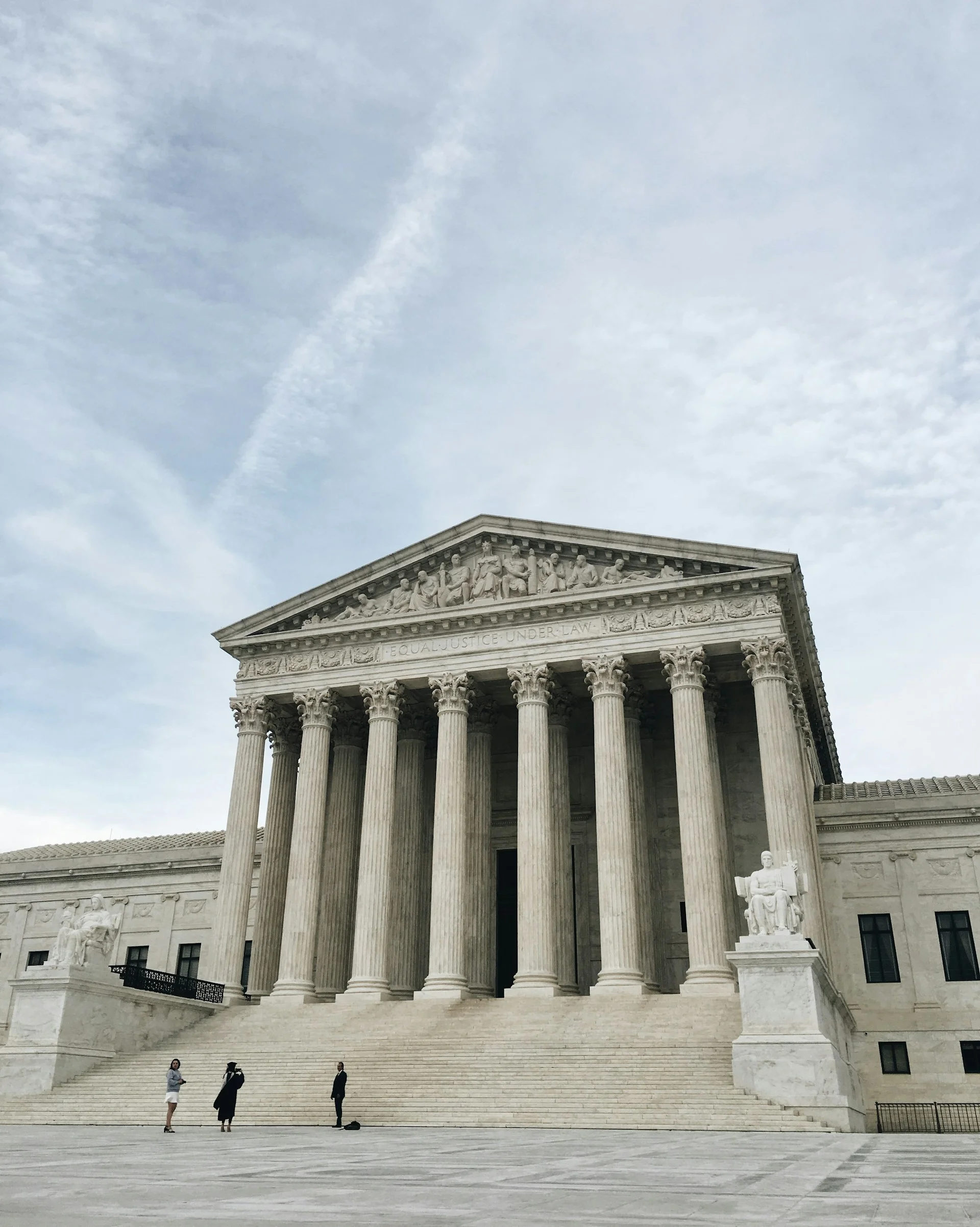What SCOTUS Just Did to Broadband, the Right to Repair, the Environment, and More
By overturning Chevron deference, the Supreme Court has initiated a monumental shift in the U.S. regulatory landscape, impacting the administrative state that governs various aspects of modern life, including broadband, environmental regulations, and more. This landmark decision effectively challenges the foundational precedent that allowed federal agencies to interpret ambiguous statutes and has broad implications for how regulatory policies will be enforced in the future.
Understanding Chevron Deference
Chevron deference, established by the 1984 Supreme Court case Chevron USA, Inc. v. Natural Resources Defense Council (NRDC), has long enabled federal agencies to interpret ambiguous legislative language. The doctrine held that courts should defer to an agency’s expertise unless the interpretation was unreasonable. This allowed agencies like the Environmental Protection Agency (EPA), Federal Communications Commission (FCC), and Federal Trade Commission (FTC) to enact regulations efficiently without getting bogged down in lengthy court battles.
David Doniger, an attorney and senior advisor to the NRDC Action Fund, emphasized the significance of Chevron, stating, “The key point of Chevron was that laws like these are policy decisions, and those policy decisions should be made by the political branches responsive to the voters, Congress, and the president, not by unaccountable judges with no constituents.”
The Fallout of Overturning Chevron
The Supreme Court’s decision to overturn Chevron marks a formal turning point, significantly altering how regulations will be enacted and enforced. The administrative state, responsible for critical regulations on net neutrality, climate change, and consumer protections, will now face more stringent judicial scrutiny. This could lead to increased legal challenges and a potential rollback of existing regulations.
Impact on Broadband and Net Neutrality
One of the most immediate areas affected by this decision is broadband regulation. The FCC has used Chevron deference to classify Internet Service Providers (ISPs) as common carriers under Title II of the Communications Act, a cornerstone of net neutrality policies. This classification has allowed the FCC to impose regulations preventing ISPs from blocking or throttling internet traffic.
With Chevron overturned, the FCC’s authority to enforce net neutrality is under threat. University of Pennsylvania Carey Law School professor Christopher Yoo noted that the demise of Chevron deference “has the potential to change the tenor of the impending judicial challenge to the new net neutrality rules dramatically.” The chances of the FCC prevailing in court without Chevron deference are significantly reduced.
Environmental Regulations and Climate Change
The EPA, another major agency relying on Chevron deference, faces substantial challenges in its efforts to combat climate change. Chevron deference allowed the EPA to interpret statutes broadly, enabling it to regulate greenhouse gas emissions and enforce environmental protections.
Lisa Heinzerling, a professor at Georgetown University Law Center, highlighted the importance of Chevron in environmental regulation, saying, “It’s no coincidence that Chevron itself was an environmental case… Chevron was very important.” The Supreme Court’s decision weakens the EPA’s regulatory authority, potentially hindering efforts to address climate change and protect public health.
The Right to Repair and Intellectual Property
The overturning of Chevron deference also has implications for the right to repair, copyright, and patent law. Agencies like the U.S. International Trade Commission (ITC) and the Patent and Trademark Office (PTO) have used Chevron deference to interpret complex statutes governing intellectual property.
Mark Lemley, a professor at Stanford Law School, explained that the ITC’s rulings, such as the one involving the Apple Watch’s pulse oximetry patents, could now face increased judicial challenges without Chevron deference. The PTO’s interpretations of patent law may also be scrutinized more closely, affecting various stakeholders in the technology and innovation sectors.
Labor, Workers’ Rights, and Immigration
Labor regulations and immigration policies are also set to undergo significant changes. The Department of Labor (DOL) and the Department of Homeland Security (DHS) have relied on Chevron deference to enforce workplace safety regulations and issue visas.
Charlotte Garden, a professor of labor law at the University of Minnesota, noted that the decision will likely be “disruptive for workers’ rights.” Business groups challenging the DOL’s regulations, such as those extending overtime pay, may find more success in court without Chevron deference.
In immigration, the USCIS’s broad latitude in interpreting visa regulations may be curtailed, leading to a patchwork system where the outcome of visa applications varies depending on the judicial district. Stephen Yale-Loehr, a professor at Cornell Law School, pointed out that employers challenging narrow interpretations of H-1B visa issues might have more success post-Chevron.
The Road Ahead
The Supreme Court’s decision to overturn Chevron deference is a significant shift in the balance of regulatory power, transferring more authority to the judiciary. This change will likely lead to increased litigation, inconsistent regulatory outcomes across different jurisdictions, and greater challenges for federal agencies attempting to enact and enforce regulations.
As the administrative state navigates this new landscape, the long-term impacts on U.S. regulatory policy and governance will continue to unfold, affecting industries, consumers, and the environment.
More News: Tech News


